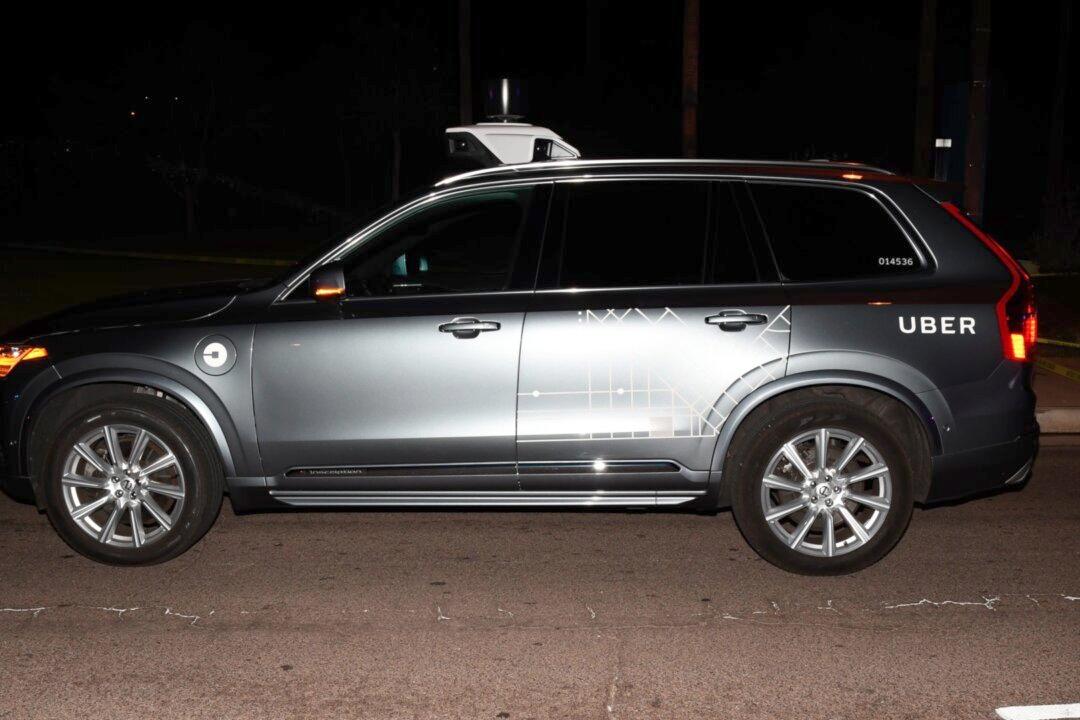Uber’s self-driving car which struck and killed a pedestrian last year was not programmed to recognize and stop for jaywalkers, according to documents released this week by the National Transportation Safety Board (NTSB).
The finding comes after 20-months of investigation following the death of 49-year-old Elaine Herzberg, who was hit by a Volvo SUV self-driving Uber vehicle while walking her bicycle across the road at night in Tempe, Arizona.





